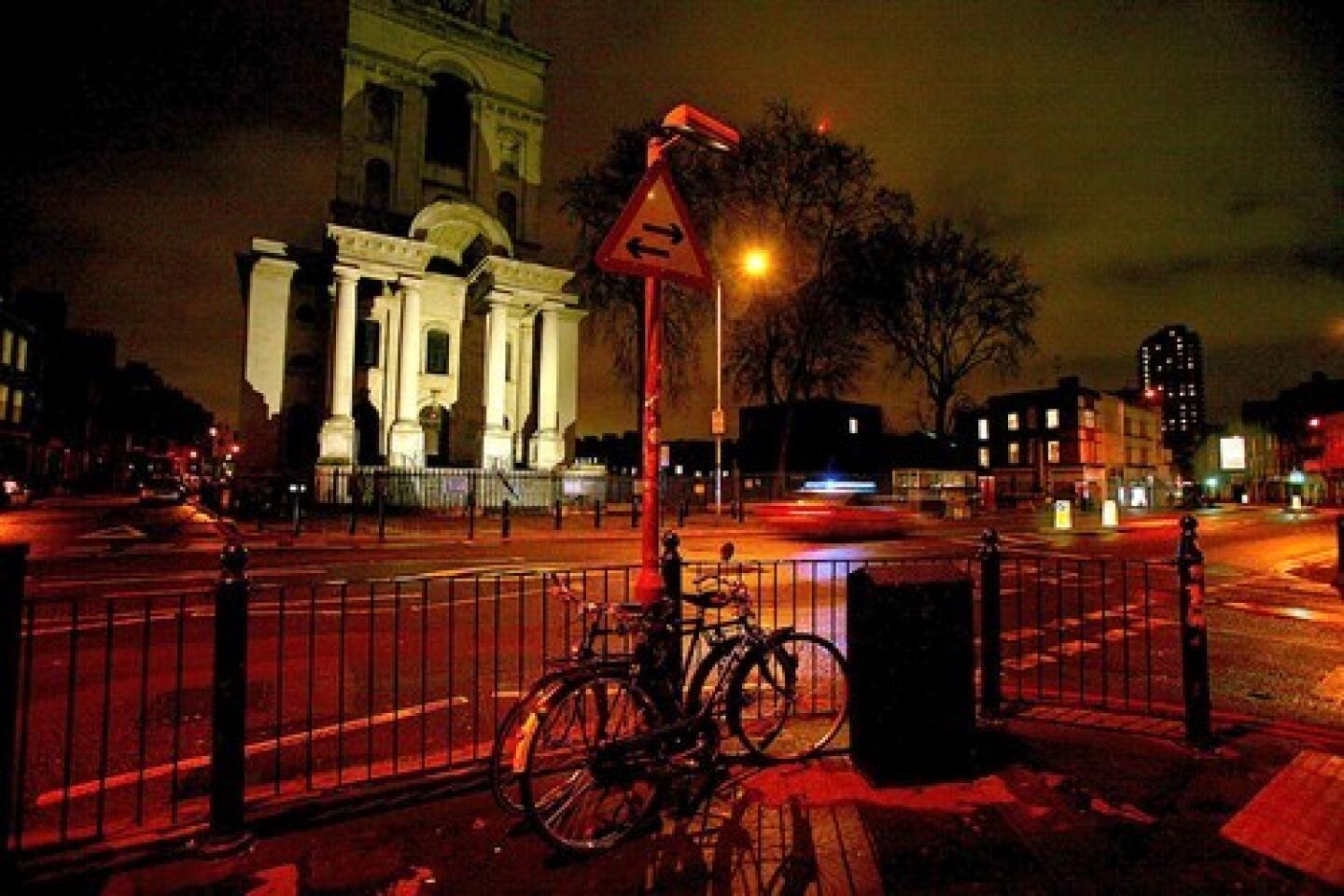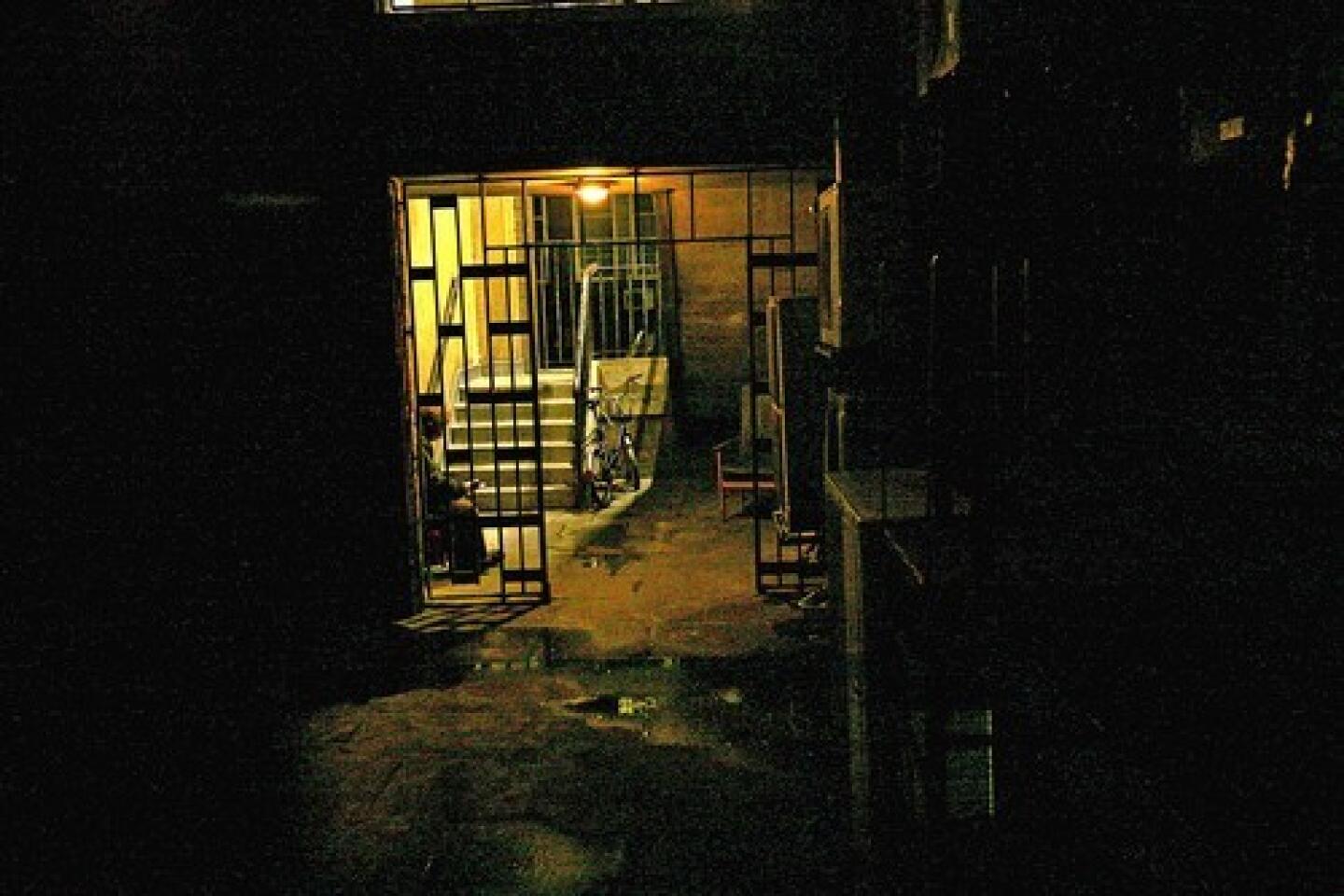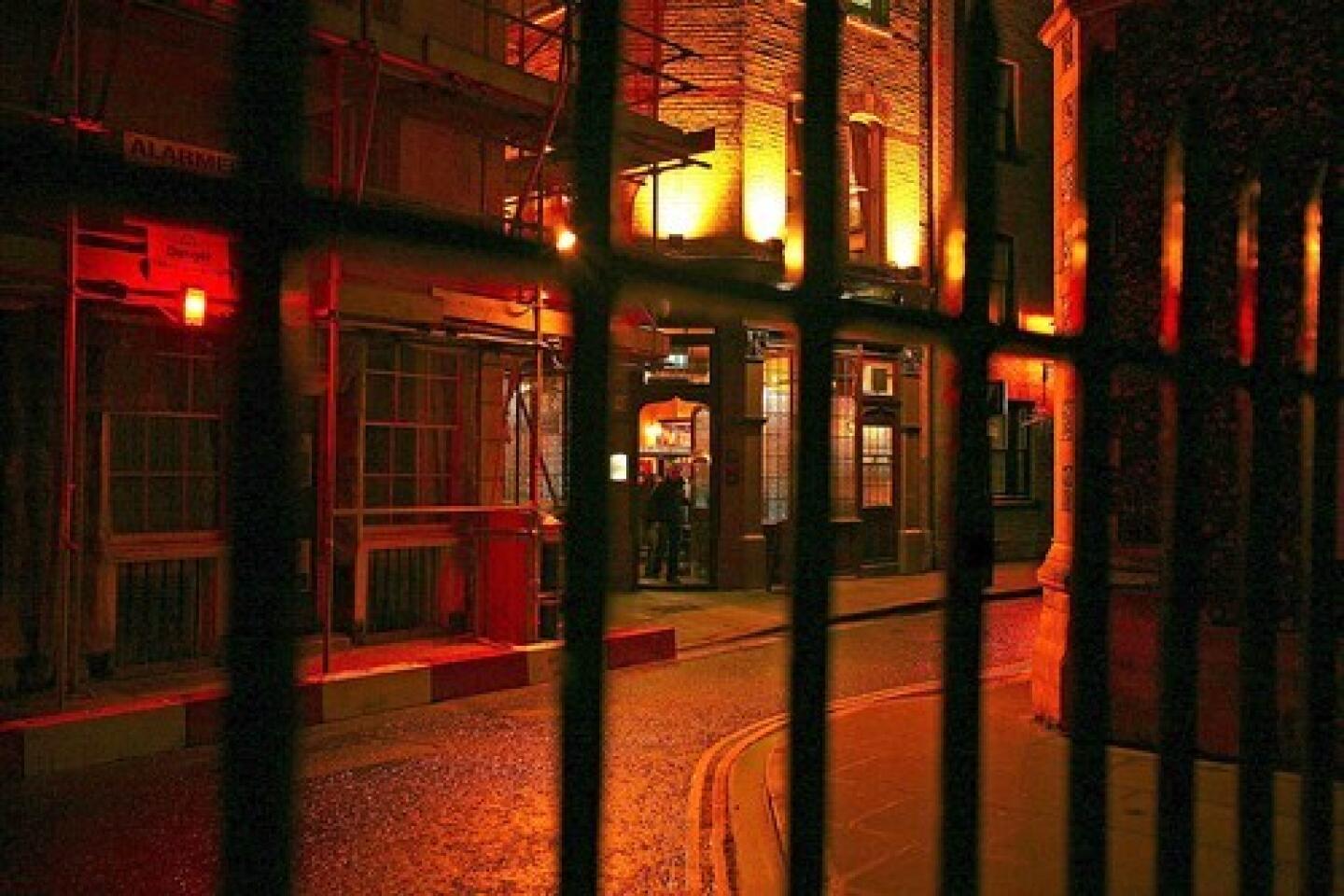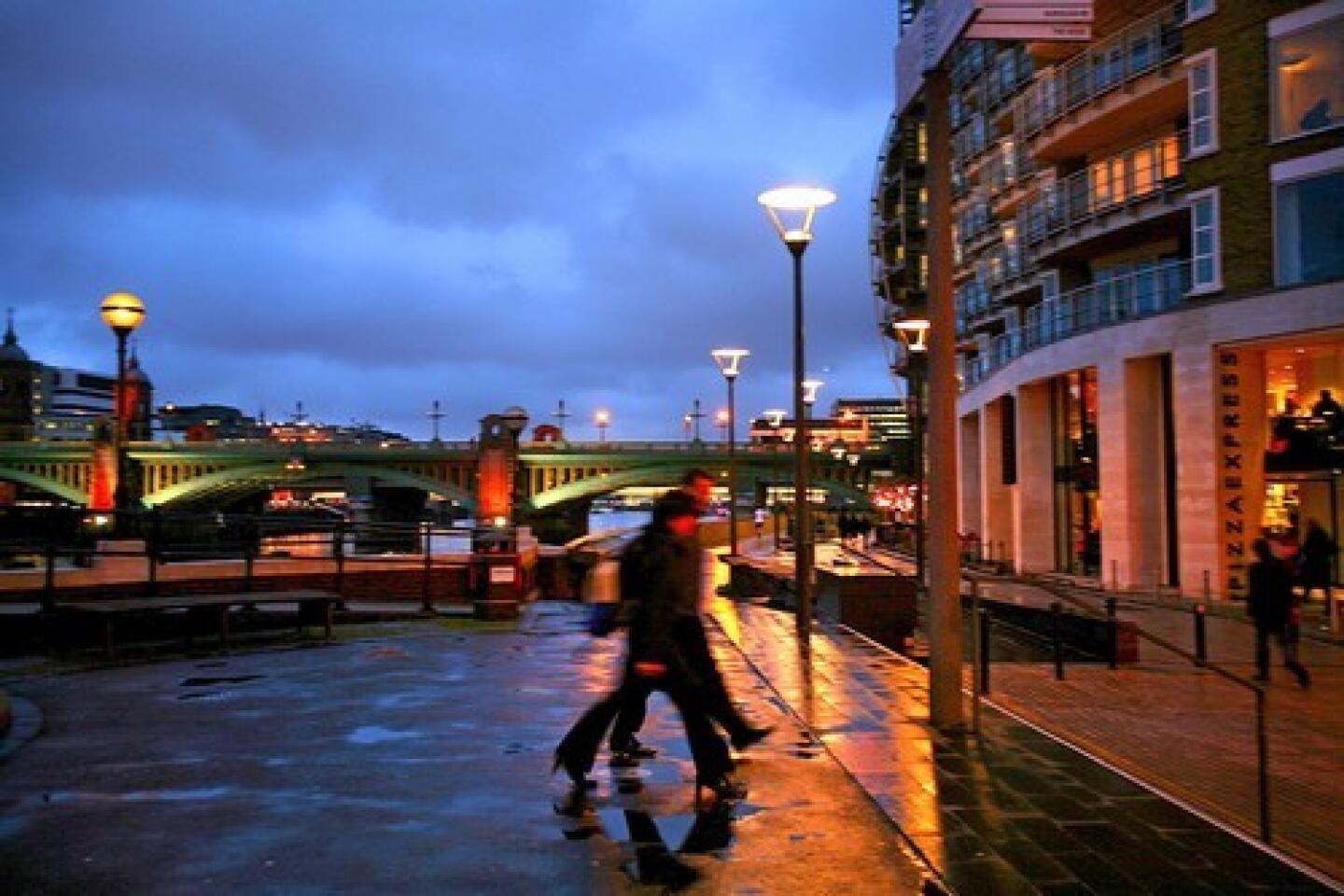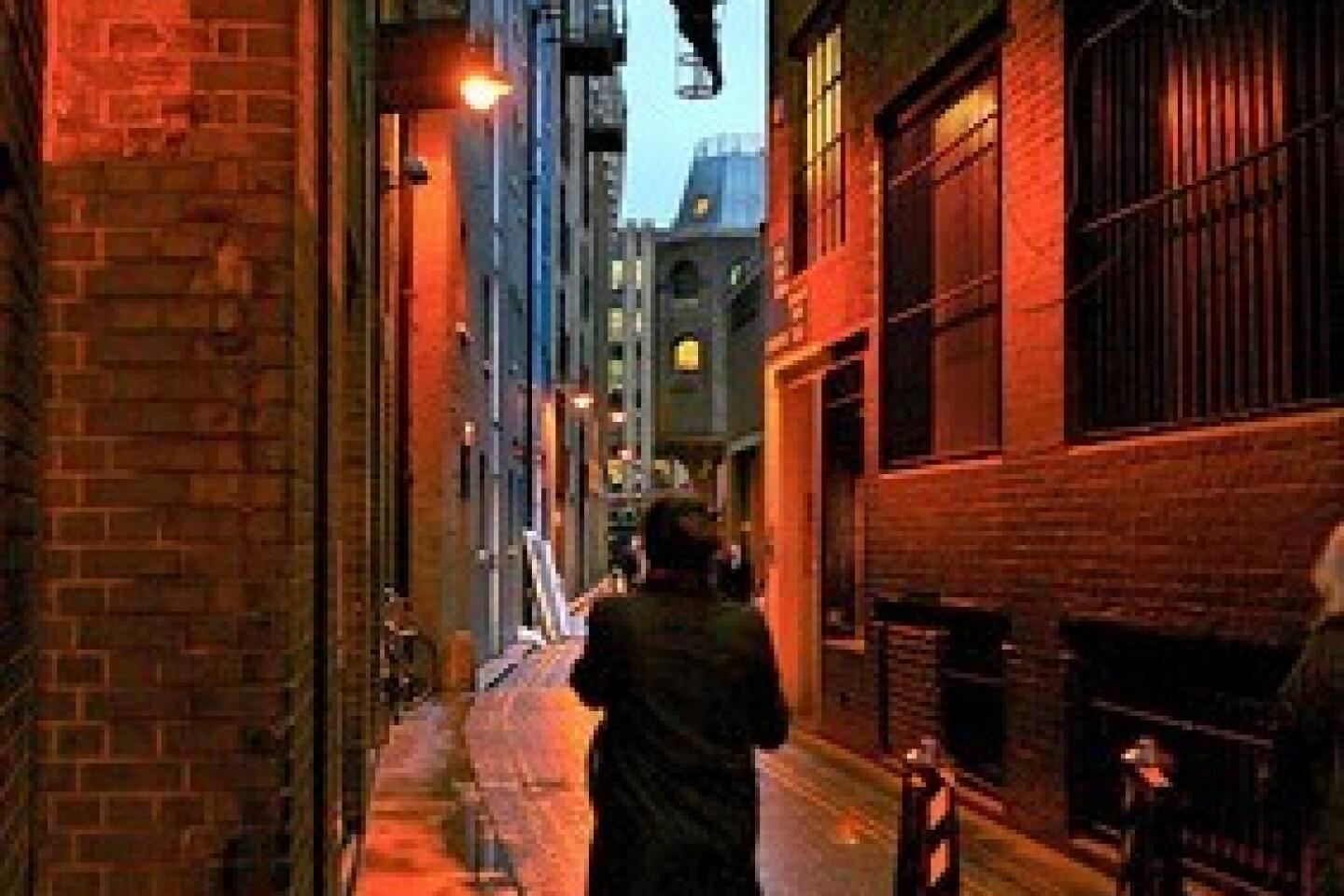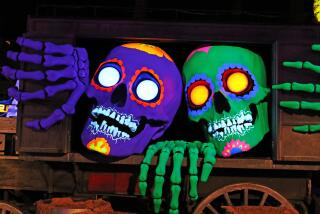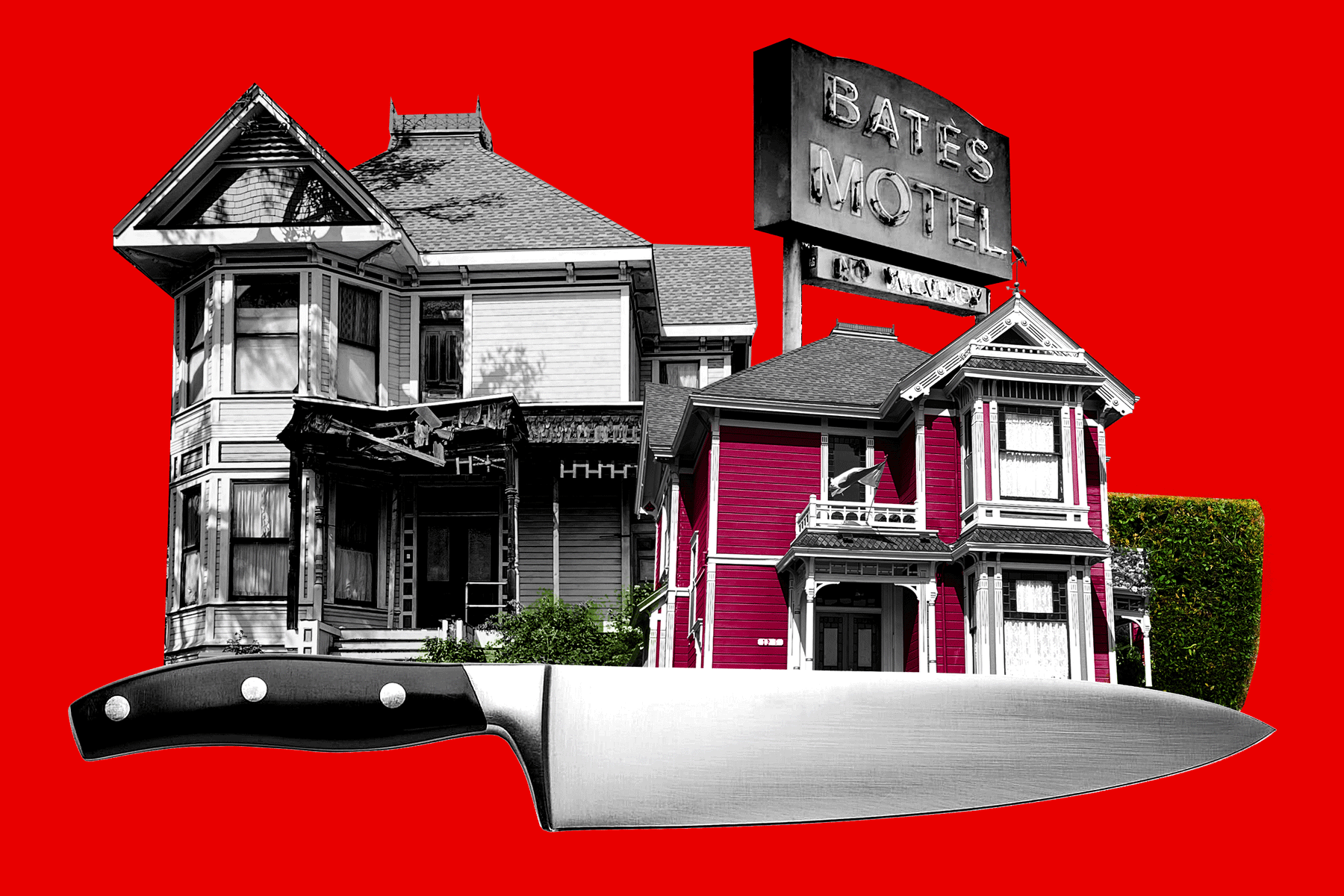Follow the ghosts
Covent Garden Underground: Late-night Tube riders say they sometimes see a theatrical performer — murdered by a rival in 1897 — standing on the Covent Garden platform. He wears a hat, gray suit and gloves and waits patiently for the train he always took home to Putney. Tube stop: Covent Garden
Theatre Royal Drury Lane: The ghost of an actor slain in 1780 is said to be a frequent performer at the theater. His skeleton — with a knife sticking out of the ribs — was supposedly found during a renovation in the 1970s. Folklore has it that those who see the ghost are destined for theatrical greatness.Tube stop: Covent Garden
Newgate Prison site: Progress came to Newgate, one of England’s most notorious prisons, in the 18th century in the form of a scaffold invented to hang 12 men at the same time. Among the legends emanating from this sinister place: the snarling Black Dog of Newgate, which appeared whenever executions were to take place. Old Bailey Courthouse now stands on the site.Tube stop: St. Paul’s
Ten Bells pub: Two of Jack the Ripper’s victims were last seen at this East End pub. Mystery still surrounds the true identity of this Victorian-era psychopath, sometimes called the world’s first mass-media serial killer. Tube stop: Aldgate East
Route No. 7 Cambridge Gardens: Among the odd ghosties and goblins that haunt London is a wayward double-decker bus. In the mid-1930s, the bright red bus was often seen at the intersection of St. Marks Road and Cambridge Gardens in North Kensington, where the road curves sharply. The bus, which had no passengers or driver, hurtled toward oncoming traffic, forcing cars off the road.Tube stop: Ladbroke Grove
St. Bartholomew the Great: The hospital has a haunted “coffin lift,” which began transporting passengers to the basement — regardless of the floor they requested — after a nurse was murdered within. The church has a ghostly monk who prowls it, sometimes appearing at the pulpit, sometimes in the shadows. The area also has a memorial to the Protestant martyrs burned to death nearby during the 16th century reign of Roman Catholic Mary I, also known as Bloody Mary. Tube stop: BarbicanKensington Palace: Kensington — home of Princess Diana from 1981 to 1997 — housed a string of famous royals, including 18th century monarch George II. The song “God Save the King” was written during his reign, but nothing could stop the Grim Reaper when he came for the king in 1760. But before the monarch’s death, he could often be seen gazing wistfully out his chamber window. Now, the story goes, his face is often glimpsed there. Tube stop: High Street Kensington
Tower of London: Unspeakable acts of murder and mayhem took place here during the 14th and 15th centuries when beheadings were commonplace. Among the jail’s inmates were Anne Boleyn, queen of England and second wife of Henry VIII. She was beheaded and is said to haunt a Tower residence and the Chapel of St. Peter ad Vincula, where she is buried. Tube stop:Tower Hill
Greyfriars Passage: This alley off Newgate Street leads to the site of an old churchyard burial ground, said to be haunted by two beautiful, murderous women. Queen Isabella was instrumental in having her husband, King Edward II, deposed, imprisoned and brutally murdered in 1327. She was buried with his heart on her breast. Also here is Lady Alice Hungerford, who poisoned her husband. Some say she was hanged; others say she was boiled alive. Tube stop: St. Paul’sSources: Richard Jones; Institute of Paranormal Research, London
More to Read
Sign up for The Wild
We’ll help you find the best places to hike, bike and run, as well as the perfect silent spots for meditation and yoga.
You may occasionally receive promotional content from the Los Angeles Times.
